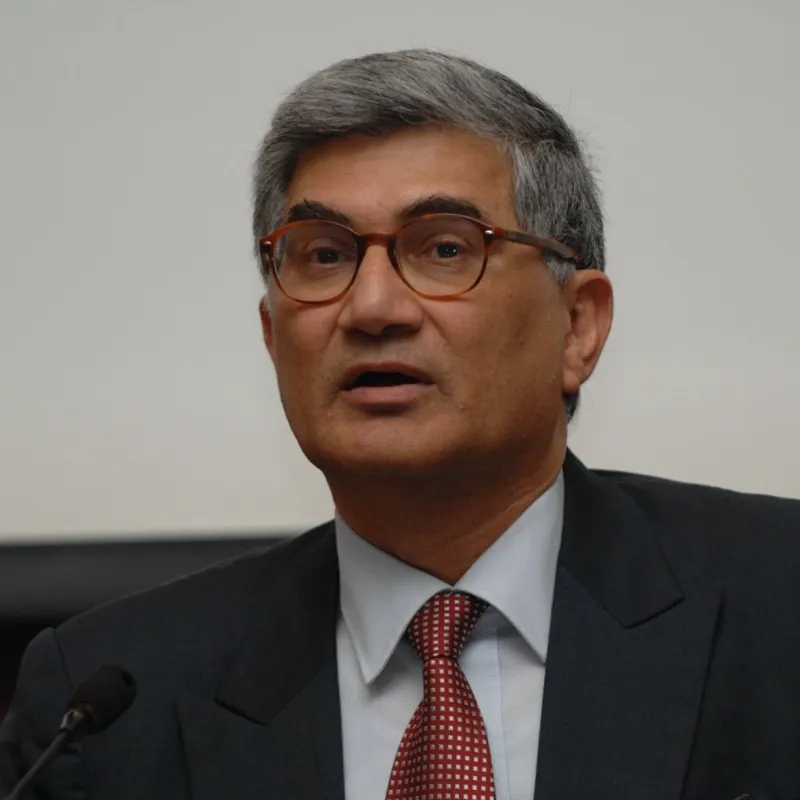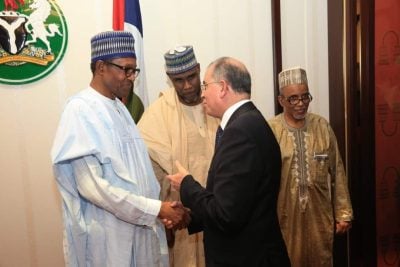
Are low-and-medium-income-countries (LMICs) experiencing an existential sovereign risk rating crisis beyond the usual country and credit risk parameters? They, including many African countries which are disproportionately affected, consistently stress the high cost of financing, credit, investment insurance and punitive surcharges involved in borrowing, which deter market entry and the ability to crowd in much-needed private capital.
This vicious playbook is fuelled by a mix of metrics which are heavily stacked against LMICs. They are primarily centred around the exaggerated country risk perceptions created by the OECD’s Sovereign Rating Scale Regime and the Big Three international credit rating agencies – S&P Global Ratings, Moody’s Investors Service and Fitch Ratings.
A case in point is the recent, highly contentious rating downgrading of Afreximbank, the Cairo-based multilateral pan-African trade finance bank, by Fitch and Moody’s.
The rating rationale was strongly contested by Afreximbank, the African Peer Review Mechanism (APRM), the UNDP and AfriCatalyst. African nations and multilaterals have consistently argued that rating agency perceptions are highly subjective, unfair and ill-informed. This has led to them having to pay extra premiums and higher costs of finance for projects which are intrinsically bankable.
The rating agencies cite increased credit risk stemming from the rise in Afreximbank’s non-performing loans (NPLs) ratio, a weak risk management strategy reflecting low transparency, weaker asset performance, and the bank’s shift to unsecured lending to sovereigns under stress.
In a swift riposte, Afreximbank maintained that “Fitch’s definition of NPLs differs from the Bank’s approach, which makes use of forward-looking information” and that the sovereign exposures are governed by treaty obligations that safeguard creditor status. Come this September, the issue of sovereign credit ratings will no doubt be high on the agenda for the incoming new President of Afreximbank, Dr George Elombi.
In a strong effort to counter the monopoly of Western rating agencies, the continent is working towards launching its own Africa Credit Rating Agency (AfCRA), scheduled for September. It is funded by public/private stakeholders and will publish regular sovereign credit assessments.
The stakes for Africa are very high. A 2023 UNDP study revealed that African countries could save up to $74.5bn if credit ratings were based on less subjective assessments. This, in turn, would enable them to repay the principal of their domestic and foreign debt and free up liquidity for investments in human capital and infrastructure development.
The information and risk perception bias against African and other LMICs is further tempered by the tone and conclusions of the International Monetary Fund’s (IMF’s) regular Article IV Consultations with member countries, which deep-dive into the state of a country’s or sector’s macroeconomic fundamentals at a given time.
To add insult to injury, the IMF, supposedly the gatekeeper of the global economic and financial system, operates a controversial and highly punitive Surcharge Policy which imposes additional fees on loans, which can add an extra 3% to the interest rates of its most indebted middle-income borrowers, on top of regular interest payments and service fees.
The policy is supposedly to encourage ‘financial prudence and timely repayment of loans’. In reality it is a vicious circle of a debt trap based on flawed logic because under Fund rules, countries must pay back the IMF before any other creditors. The pushback for the removal of the IMF’s Surcharge Policy is gaining momentum, and against the skewed perceptions of African sovereign and credit risk.
Unequal metrics
It is also a question of whether LMICs are getting a fair deal on credit and investment insurance and whether there is a de facto two-tier system in risk pricing, based on the rating regime and differences between developed and developing markets.
The IMF statement for its 2024 Article IV Consultation with the Netherlands, for instance, was breathtakingly bereft of any analysis of the potential political risk impact for the Dutch economy and financial system following the snap general election in November 2023, which saw the far-right anti-immigrant and Islamophobic Freedom Party led by Geert Wilders emerging as the single largest party, which went on to form the current Dutch coalition government – albeit Wilders is now no longer part of the cabinet.
Yet when it comes to African and other developing nations, the IMF staff do not hold back on socio-political risk, governance and oversight metrics. The same is true of the rating agencies.
LMICs are sanguine about their own inherent economic and financial structural vulnerabilities. They know that there is no panacea or quick-fix binary solution. What they are urgently seeking is a fair debt restructuring framework and a review of the international financing system. In particular, they object to the processes of sovereign credit ratings for African countries, where data is often missing or of poor quality. They stress that the process behind these ratings often feels distant, opaque, formulaic, and disconnected from national realities.
“It is true that the cost of premiums is a major issue for African countries,” acknowledges Maëlia Dufour, erstwhile President of the Berne Union of national and multilateral credit and investment insurers and Chief International Officer, BPIfrance Assurance Export. “As you know, we follow the OECD Country Risk Classifications of the Participants to the Arrangement on Officially Supported Export Credits, which range from Categories 0 to 7. If the country is rated 5, 6 or 7, the premium would be higher. It is a decision taken by economists inside the OECD.
“We cannot ask them why they have rated a country 6 and not 5. Not surprisingly, it is the country that says they deserve a 5 and not a 6 rating. You are right – this is an issue for developing countries, but we must take it as it is.
“In Africa, we have the sovereign debt issue. As a result, it is true more exporters are asking for support and guarantees on African contracts. There is a lot of risk involved, but being an insurance provider, you must take risks.”
Can African sovereigns achieve A ratings?
Altering country risk perceptions and engineering behavioural change by industry peer bodies is not going to be easy but possible. Collaboration and cooperation are essential. “Despite the headwinds of burgeoning sovereign debt and its servicing, trade imbalances, the impact of the Trump tariffs, lower oil prices and revenues,” says Ravi Bhatia, Director, Sovereign and IPF Ratings for Africa at S&P Global, “we are seeing Africa is showing resilience, growth is ongoing and there have been several attempts at fiscal consolidation.”
Given that none of the 26 sovereigns S&P rates are above investment grade, does he envisage any African sovereign being assigned an ‘A’ rating? “Botswana has been in the ‘A’ category in the past,” he says. “This was at the height of the diamond boom, which today is tempered by competition from lab-manufactured diamonds. There is nothing that stops an African sovereign from getting into this category. But our entry criteria bar is quite high. We look at resilience models, capital market support, institutional strength, GDP per capita, fiscal consolidation, net creditor position that can support the story, and a lot of monetary flexibility with a low inflation track record. It’s just the way countries have fallen at the moment in the ratings spectrum.”
In tandem with the AfCRA project, there is the UNDP Credit Ratings Initiative launched in 2024, a significant advocacy group supporting African governments to improve engagement, and promote more transparent, evidence-based assessments. The initiative is driven by a concilium – an advisory group of experts who work directly with governments to unpack rating methodologies and build internal capacities.
The challenge, as Bilal Bassiouni, Head of Risk Forecasting at PANGEA-RISK, wrote in a recent article in Trade Treasury Payments, is that: “The extent to which AfCRA closes the gap between risk perception and debt fundamentals in Africa will depend less on institutional identity than on whether the ratings are interpreted as analytically rigorous, methodologically sound, and procedurally transparent. Early assessments will serve as market signals and as indicators of the agency’s viability in influencing investor models and sovereign funding strategies.”
Want to continue reading? Subscribe today.
You've read all your free articles for this month! Subscribe now to enjoy full access to our content.
Digital Monthly
£8.00 / month
Receive full unlimited access to our articles, opinions, podcasts and more.
Digital Yearly
£70.00 / year
Our best value offer - save £26 and gain access to all of our digital content for an entire year!

 Sign in with Google
Sign in with Google 



